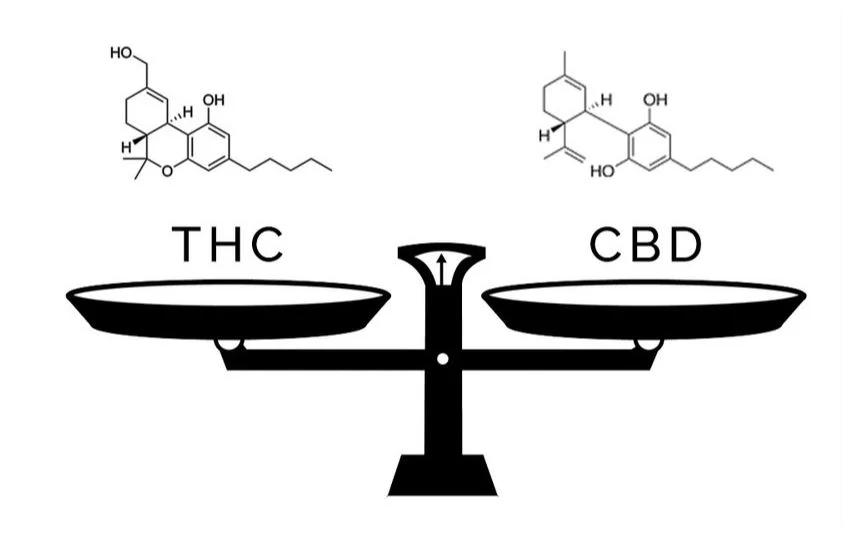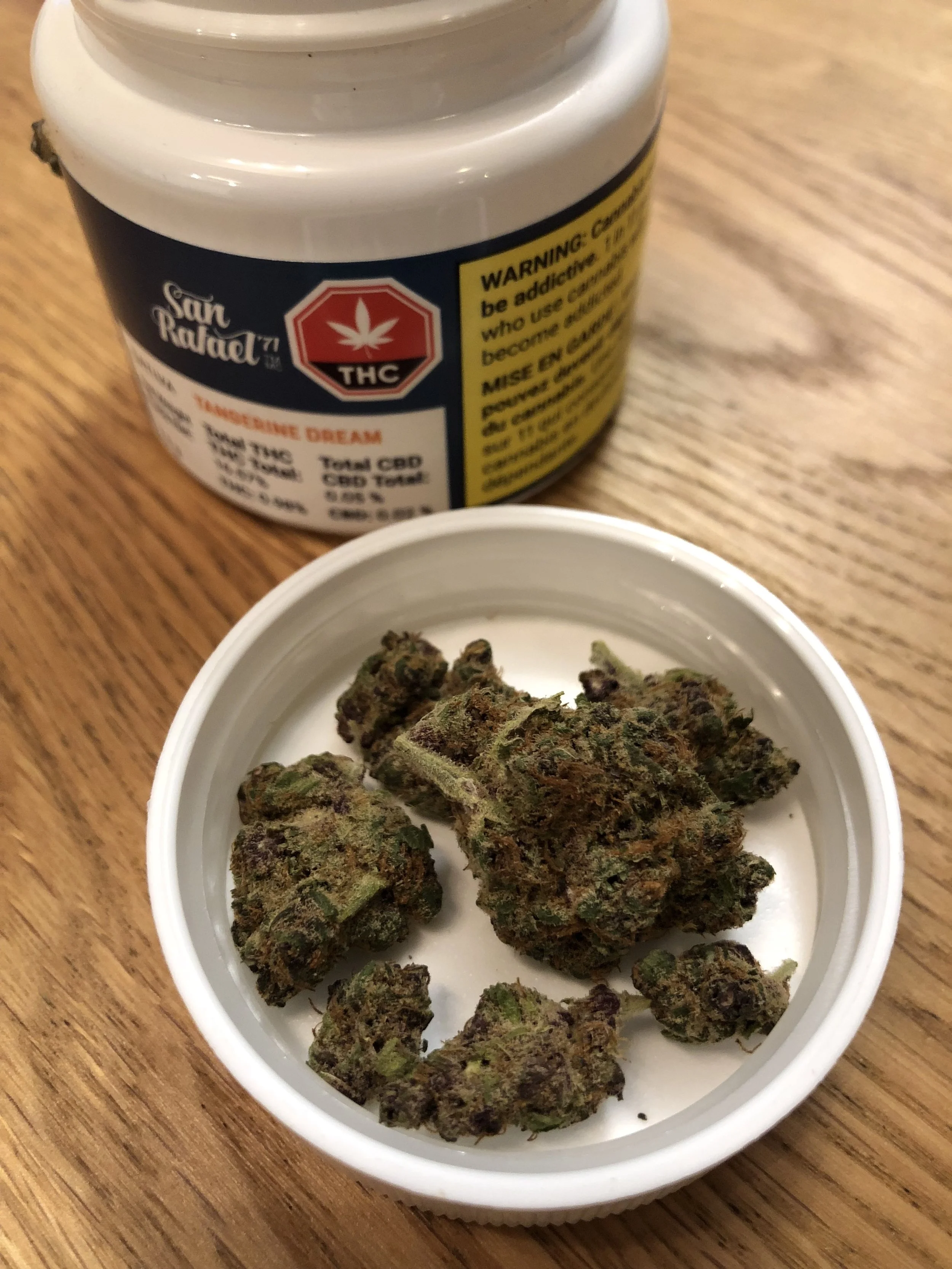Recently, I have been getting many questions about CBD or CBD dominant strains. Per Health Canada regulations all recreational products need to be clearly marked with their THC and CBD content. Products will fall into the following general classifications:
1. High THC and Low CBD(less than 0.1%)
2. 1:1
3. CBD Dominant
This refers to the amount of CBD and THC that is contained in any form of cannabis, including smokable flower, oils and concentrates, edibles, sublingual sprays, or capsules.
WHAT IS A CBD:THC RATIO?
The optimal CBD:THC ratio will vary depending on one’s individual physiology, medical conditions, cannabis tolerance and desired effect.
HOW TO FIND YOUR IDEAL RATIO
THC dominant options (0:1) will provide varying degrees of psychoactivity. THC also induces appetite, reduces inflammation, and can provide relaxing and/or cerebral effects. Adverse effects may include tachycardia, anxiety, and paranoia. These can be reduced by introducing CBD into the equation.
A 1:3 ratio of CBD to THC results in a some psychoactivity while minimizing THC’s unwanted side effects, producing a calming sensation with reduced anxiety, stress relief and exhibiting anti-inflammatory properties. This ratio can act an as advanced pain reliever with the synergistic benefits CBD and THC provide.
A ratio of equal parts CBD to THC (1:1) is considered highly effective for pain relief, anxiety, spasticity, fibromyalgia, insomnia, nausea and appetite stimulation. This ratio shows promise in relieving symptoms associated with Multiple Sclerosis and may be able to kill certain cancer cells and inhibit tumor growth. A 1:1 can be a good starting point for many due to the multitude of conditions it may treat with minimal impairment.
Higher CBD options, such as 2:1 or 3:1, may be an ideal ratio for combating autoimmune disorders, gastrointestinal issues such as Crohn’s and colitis, arthritis, and psoriasis with little to no psychoactivity.
CBD dominant ratios of 25:1 or 1:0 (hemp based CBD) offer no psychoactivity and may be most effective for curbing high anxiety, depression, seizures, psychosis, PTSD, and neurodegenerative conditions such as Parkinson’s and Huntington’s Disease.
THC vs. CBD: Getting High vs. Getting Healthy
Scientists have known about CBD for some time, over 60 years to be exact, but have generally ignored it in favour of its much sexier and spectacular cousin, THC, which is the main active ingredient in marijuana (cannabis) responsible for the “high” people experience when smoking it. However, as research into the plant advanced in the 1970s, scientists began to study CBD’s benefits more closely and realized that it was just as important as THC, if not more so in many ways. And furthermore, CBD was non-psychoactive, meaning that it doesn’t get you high.
How CBD Works in The Body
Unlike THC, CBD is unique in that it has a wide range of effects on many of the body’s most important systems that are responsible for regulating our health. CBD has an affinity for activating serotonin receptors (specifically 5-HT1A), which control anxiety, calmness and mood; vanilloid receptors, which control and modulate how we experience pain; adenosine receptors, which control the quality and depth of our sleep; and indirectly influences endocannabinoid receptors, which control memory, energy levels, stress levels, pain tolerance, body temperature and appetite, among many others things.


